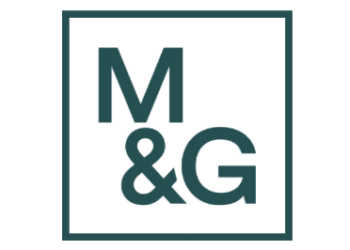Graduated increases of NI channelled into pension could be the way to bring the self employed into auto-enrolment, says Aegon.
Responding to reports today that pensions minister Richard Harrington wants the self employed to be brought within scope for auto-enrolment, Aegon UK pensions director Steven Cameron says increasing NI contributions directly paid into pension products could be the nudge to stimulate pension saving for the self employed.
In an interview published in the Financial Times today, Harrington says the issue of auto-enrolment for the self employed should feature in the 2017 auto-enrolment review. Harrington says many of the 4.5m people working on a self-employed basis. While the number of self employed has increased steadily, the number paying into a pension has fallen from 1.1m in 2001 to 450,000 in 2013.
Cameron says: “It is not sustainable Government policy to exclude the self employed who are no longer made up solely of the traditional small business owner but now include a fast growing contractor population. The differentiation between employed and self employed has been further blurred by the gig economy and the recent ruling that Uber workers should be treated as employees.
“Auto-enrolment works on the basis of inertia. It’s all too easy for individuals to defer starting saving for retirement even if they know it’s the right thing to do. Under auto enrolment, people are placed into a pension unless they actively take steps to opt out. For employees, employers facilitate this by choosing a workplace pension scheme and deducting contributions from employees through payroll.
“The key to extending auto-enrolment to the self employed will be finding an equivalent ‘inertia’ solution. For those working as contractors for larger employers, this might be facilitated through the employer. For others, the tax or National Insurance system would seem the most practical means of facilitating. For example, self employed NI could be increased, on a gradual basis, with the extra being paid into a private pension.
“The UK has had previous experience of using the NI system to fund pensions. Before we moved to the single state pension, part of an employee’s National insurance entitled them to an earnings related state pension. If they chose, they or their employer could then ‘contract out’ of this with that part of their NI being paid into a private funded pension. The self employed were not included in this, but in future this general approach might work for this group.”




